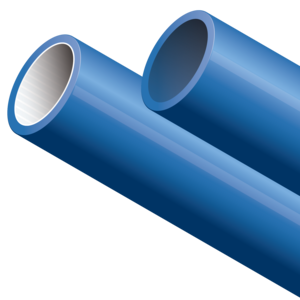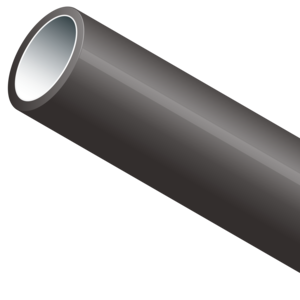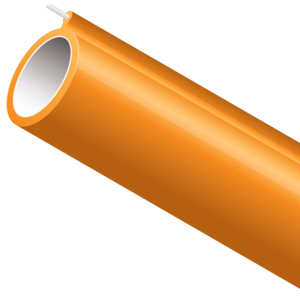Trench Installations
Trenching of all types and sizes of ducts and conduits is a common practice but HDPE does require the proper preparation of the trench for optimum performance when pulling or jetting cables through the trenched duct.




TRENCH CONSTRUCTION METHODS
The trench can be hand-dug, excavated using a backhoe, or built using an in-line trencher. The trench must be as level as possible with no large rocks or debris that can create issues of HDPE ducts or MicroDucts (loose or FuturePath bundled MicroDucts).




Open Trench
Conduits placed in an Open Trench, with ends covered to prevent debris from entering conduit.


Trench Inspection
Walk the trench ensuring it's free of debris with sharp edges. Multiple conduits can be placed in the same trench.


Identification
Using different colors of conduits helps to identify both the conduit and what's placed in the conduit. All building plans should be updated with correct location and route information.




Proper Installation
Marking the conduit for the proper coupler installation.










"Utilidors"
Conduits for multiple services, like communications and power, can all be placed in one trench creating a phrase "utilidor" or "utility corridor."






TRENCH CONSTRUCTION METHODS
The trench can be hand-dug, excavated using a backhoe, or built using an in-line trencher. The trench must be as level as possible with no large rocks or debris that can create issues of HDPE ducts or MicroDucts (loose or FuturePath bundled MicroDucts).




Open Trench
Conduits placed in an Open Trench, with ends covered to prevent debris from entering conduit.


Trench Inspection
Walk the trench ensuring it's free of debris with sharp edges. Multiple conduits can be placed in the same trench.


Identification
Using different colors of conduits helps to identify both the conduit and what's placed in the conduit. All building plans should be updated with correct location and route information.




Proper Installation
Marking the conduit for the proper coupler installation.










"Utilidors"
Conduits for multiple services, like communications and power, can all be placed in one trench creating a phrase "utilidor" or "utility corridor."







































USING A TRENCHER
Trenchers of all types – from portable walk-behind to large chain tractor and wheel/rockwheel types – are used to construct trenches for HDPE duct applications. The key when using the trencher is to keep the trench depth as even as possible and the width proportional to the ducts or bundles being placed in the trench.
BACKHOE/TRACKHOE/EXCAVATOR TRENCHING
Trench construction using these devices to construct trenches – typically, for shorter excavations in populated or urban areas – requires more care regarding keeping the bottom level and free of large rocks or perturbances that could damage the HDPE duct over time. The duct or bundles need to be placed and preferably anchored into a bottom corner to minimize undulation that will affect cable pulling or jetting distance performance.

Recommended products
Ask a question or email us a comment! We're happy to supply additional information and explore how we can be of service to you.
Ask a question or email us a comment! We're happy to supply additional information and explore how we can be of service to you.

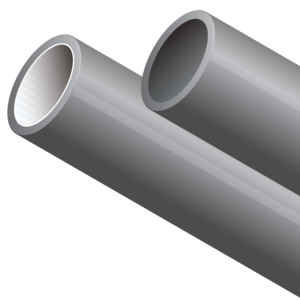
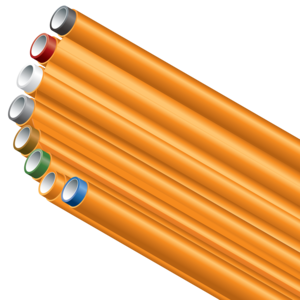

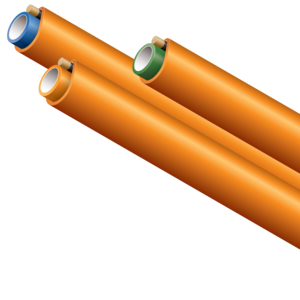


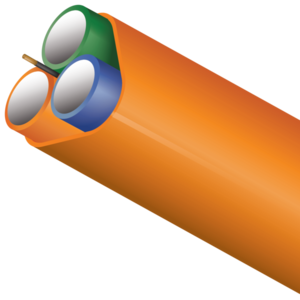
-x.png?version=1718024029)
